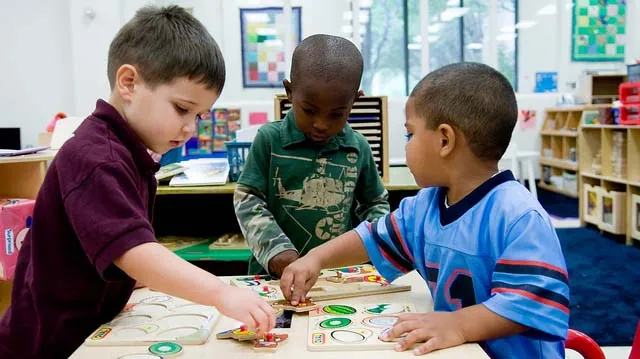
Source: The Atlantic
Among the top 50 largest cities in the US, Charlotte, North Carolina ranked the lowest for upward mobility opportunities for children – according to research by Harvard economist Raj Chetty. Combined with large concentrations of poverty and few educational resources, the city’s educational system lacks integration and equal opportunities for black and Latino children as it does for white children.
According to an analysis by the National Equity Atlas, about 80 percent of Latino children and 77 percent of black children attend majority-poverty schools, compared to 23 percent of white children. Thus, the greatest battle for Charlotte will be finding ways to create a system that focuses on economic integration, so that all students can have access to high quality educational resources.
Chetty’s research reveals that, “a child raised in the bottom fifth income level in Charlotte has just a four percent chance of rising to the top fifth.” Part of the issue is that neighborhoods with low-income families have access to districts with less funding for qualified teachers, resources and parent volunteers. Charlotte district officials are developing plans to battle inequities in school resources, housing and workforce in order to overcome these economic barriers that ultimately hinder educational growth for minorities.
Read full story: The Atlantic
